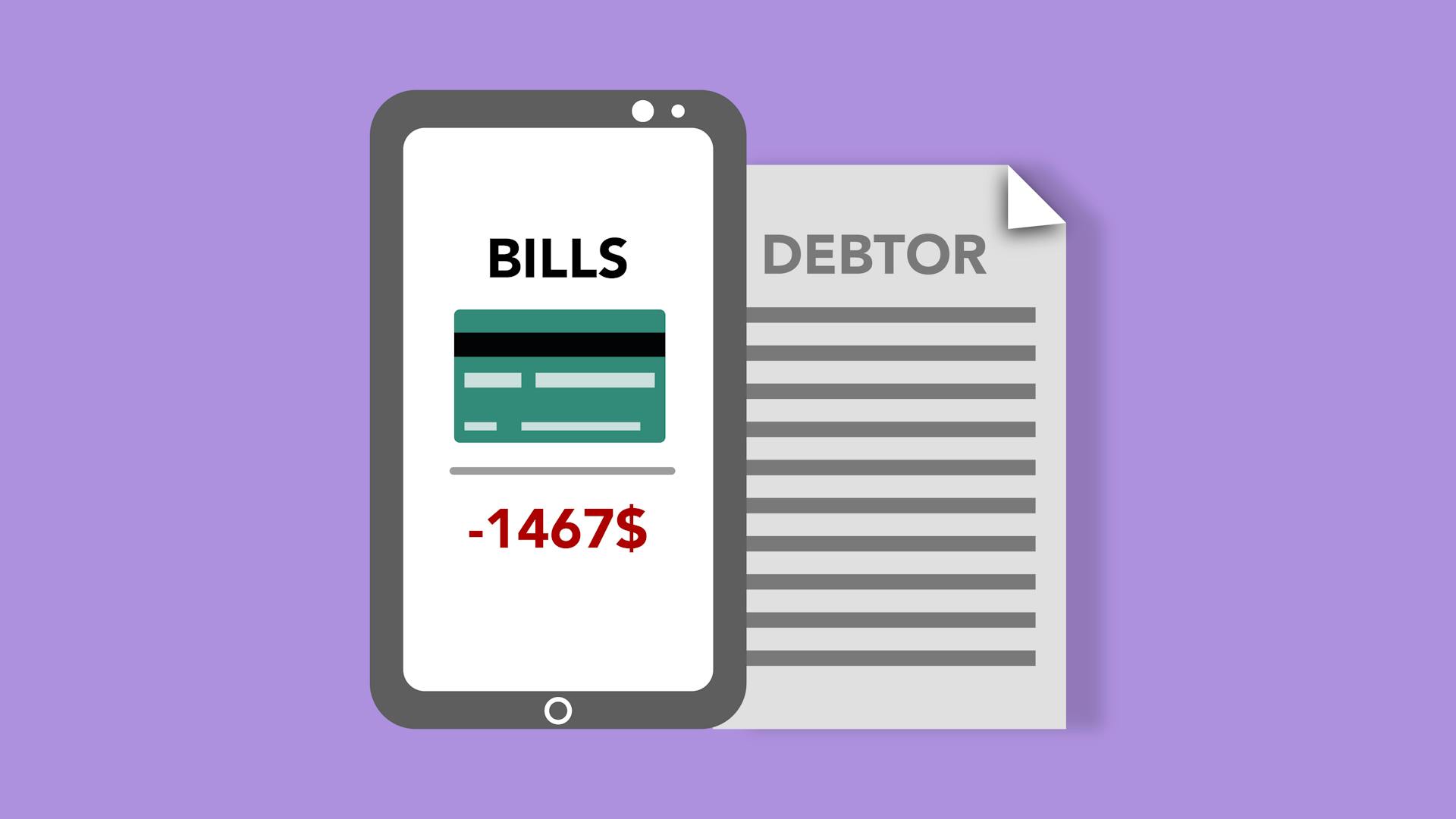
Perpetual subordinated debt is a type of debt that doesn't have a specific maturity date. It's a long-term investment vehicle that provides a regular income stream to investors.
This type of debt is typically issued by companies, governments, or other organizations to raise funds for various purposes. The debt is considered perpetual because it can remain outstanding indefinitely.
The key characteristic of perpetual subordinated debt is that it has no fixed repayment date, unlike traditional bonds. This means that investors can expect to receive regular interest payments, but the principal amount remains outstanding.
Investors in perpetual subordinated debt are essentially lending money to the issuer with the understanding that they will receive a steady income stream in exchange. The interest payments are usually fixed or floating, depending on the terms of the debt.
Key Features and Risks
Perpetual subordinated debt is a type of investment that offers higher returns, but it also comes with unique risks.

Perpetual bonds have a fixed interest rate that is paid forever, and they are recognized as a viable money-raising solution during troubled economic times.
The risks associated with perpetual bonds include perpetual credit risk exposure, where bond issuers can encounter financial troubles and shut down. This is because investors are exposed to the credit risk of the issuer.
Perpetual bonds are classified as deeply subordinated instruments, which means they are at the bottom of the priority list for creditors in case of bankruptcy. This makes them riskier than other types of debt.
Investors in perpetual bonds are also sensitive to changes in interest rates, as a rise in interest rates can make the locked-in interest rate of the perpetual bond lower than the current interest rate. This can make it more profitable for investors to hold a different bond.
Perpetual bonds may also be subject to call risk, which means that issuers can recall them. This can be a problem for investors who have to sell their existing bond on the open market at a potentially lower price.

Here are some of the key risks associated with perpetual bonds:
- Perpetual credit risk exposure
- Deeply subordinated instruments
- Sensitive to changes in interest rates
- Call risk
- Liquidity risk due to limited trading market
These risks are particularly relevant for subordinated perpetual bonds, which carry higher interest rates than senior perpetual bonds due to their lower seniority for creditors.
Calculating and Understanding
Calculating the value of a perpetual bond is relatively simple, using a formula that takes into account the annual dollar interest paid and the market price.
The formula for current yield is Annual Dollar Interest Paid divided by Market Price, multiplied by 100%.
For example, a bond with a $100 par value, paying a 5% coupon rate, and trading at $95.92 would have a current yield of 5.21%.
Perpetual bonds have no maturity date, so payments theoretically continue forever, making them attractive to investors seeking long-term, fixed-rate assets.
However, money loses value over time due to inflation and other causes, so the interest rate payments made by a perpetual bond have less value to investors.

The price of a perpetual bond is determined by the fixed interest payment, or coupon amount, divided by the discount rate, which represents the speed at which money loses value over time.
Perpetual bonds are popular among credit investors, particularly during periods of lower interest rates, as they offer higher yields relative to other forms of debt.
Comparison and History
Perpetual bonds have a long history, dating back to the 18th century when the British government created the first one.
The British government's innovation was widely credited, and it paved the way for perpetual bonds to become a viable option for indebted governments during troubled economic times.
Perpetual bonds are not as popular as Treasury bonds and municipal bonds, but many economists still see them as attractive capital-raising solutions.
A notable example of a perpetual bond is one issued by Dutch water authority Stichtse Rijnlanden in 1648, which still pays interest to this day.
This 1648 bond, housed in Yale's Beinecke Rare Book & Manuscript Library, is a testament to the enduring nature of perpetual bonds.
Loan Basics

A perpetual subordinated loan is a type of junior debt that continues indefinitely and has no maturity date.
Perpetual subordinated loans pay creditors a steady stream of interest forever, and the principal is never repaid. This means the interest stream never ends, and the borrower pays interest as a fee for access to the money.
The interest rate on a perpetual subordinated loan is based on the borrower's creditworthiness, as well as prevailing market interest rates.
Perpetual subordinated loans are relatively riskier for the creditor, as they are secondary to unsubordinated loans (senior loans). If the borrower defaults, the creditor won't get repaid until the borrower's unsubordinated loans are repaid.
Here are some key characteristics of perpetual subordinated loans:
- Continue indefinitely with no maturity date
- Pay creditors a steady stream of interest forever
- Principal is never repaid
- Interest rate based on borrower's creditworthiness and market interest rates
- Relatively riskier for creditors
Perpetual subordinated loans offer higher returns relative to standard forms of debt, making them attractive to credit investors, particularly during periods of lower interest rates.
Unique Aspects
Perpetual subordinated debt has some unique aspects that set it apart from other types of debt. One of these features is that if a bank's core capital ratio falls below a certain level, usually 5-1/8%, its Contingent Convertible (CoCos) or Additional Tier 1 bonds can be converted into common equity, or their value can be permanently written down.

In the bank segment, regulators have more control over features such as coupon deferral and bond calls, unlike in the corporate segment where these decisions are largely made by the company's executive team.
Banks with perpetual subordinated debt have a unique set of features that can be triggered by a low core capital ratio. This can result in the conversion of CoCos or AT1s into common equity, or a permanent write-down of their value.
Frequently Asked Questions
What is the meaning of perpetual debt?
Perpetual debt refers to bonds with no maturity date, paying a steady stream of interest forever. It's similar to preferred shares, offering a fixed-rate coupon payment.
Sources
- https://www.lawinsider.com/dictionary/perpetual-subordinated-capital-securities
- https://www.lawinsider.com/dictionary/perpetual-subordinated-debt-securities
- https://www.investopedia.com/articles/investing/082313/perpetual-bonds-overview.asp
- https://financeunlocked.com/videos/what-is-a-perpetual-bond
- https://www.investopedia.com/terms/p/perpetual-subordinated-loan.asp
Featured Images: pexels.com

